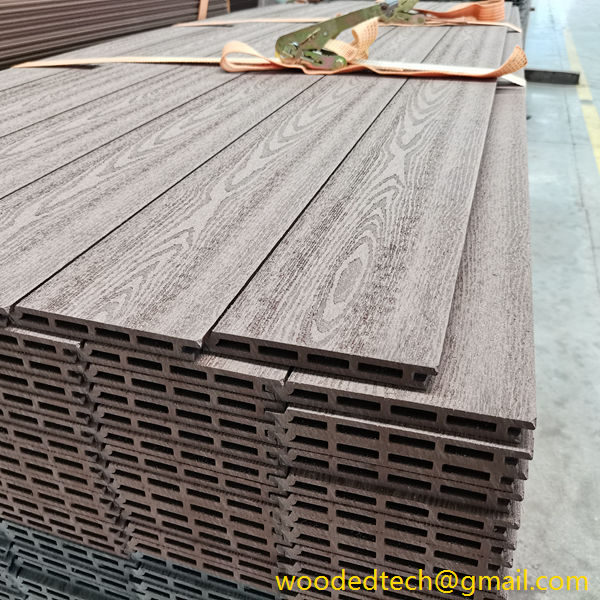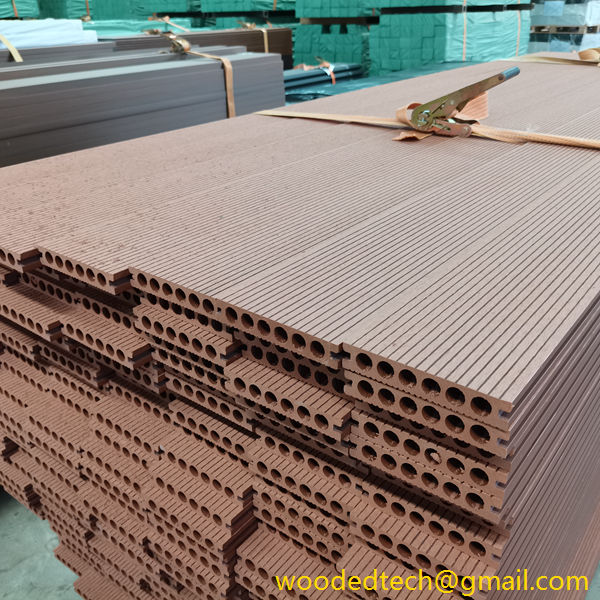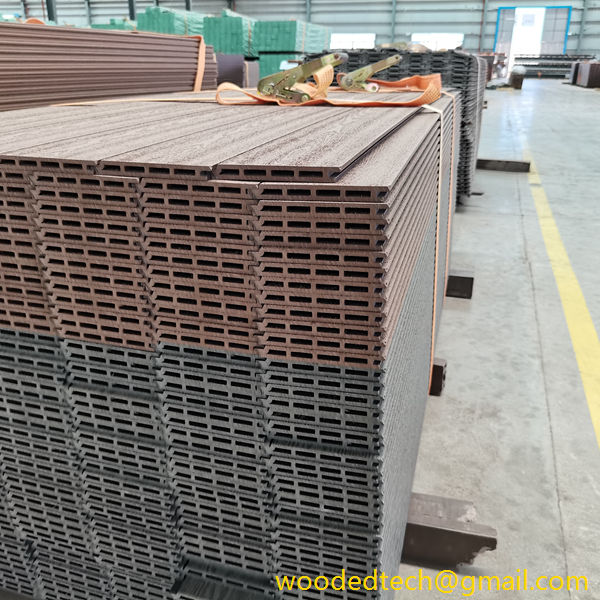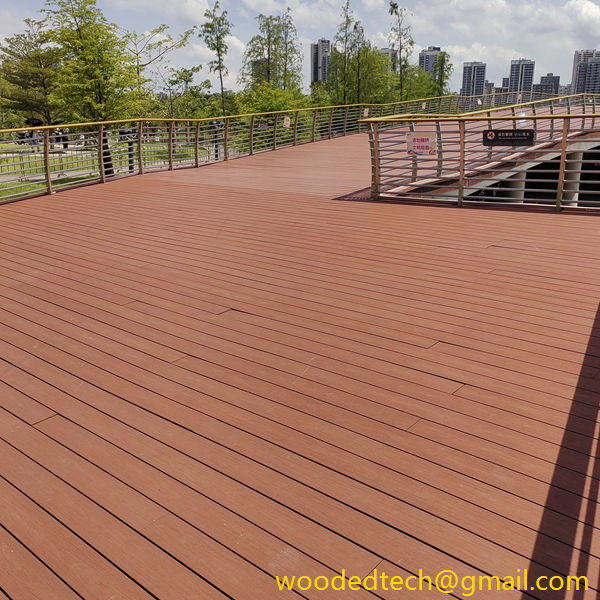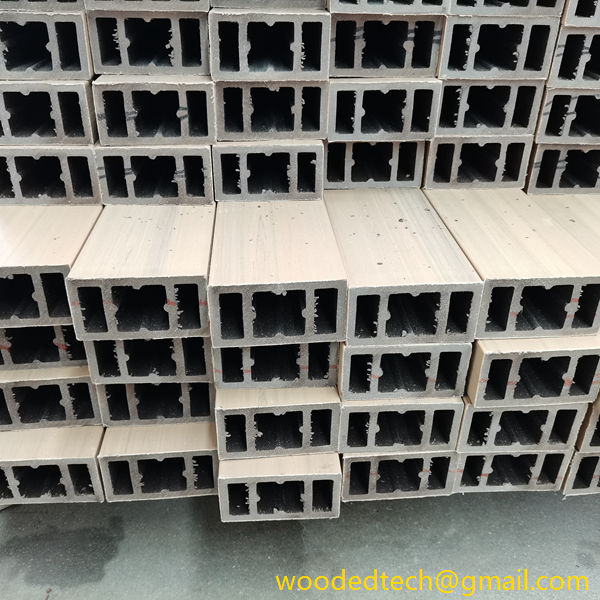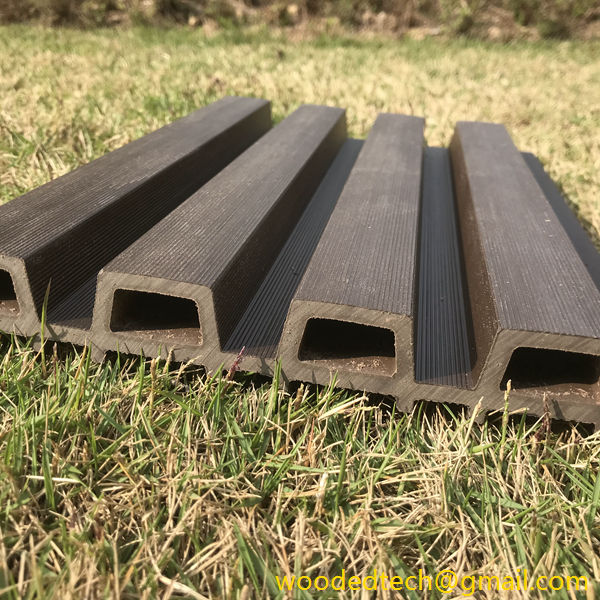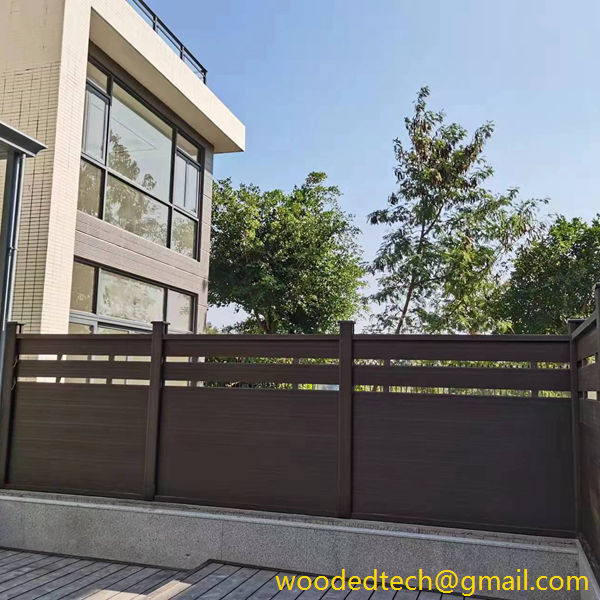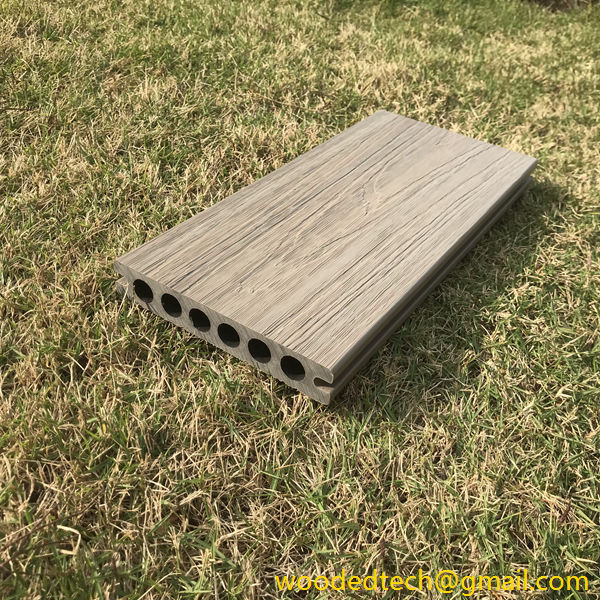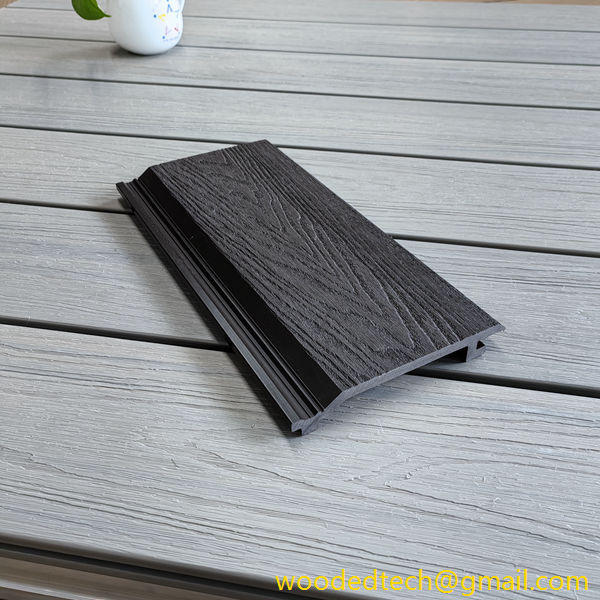Understand the WPC Panel Meaning and Its Applications in Construction
Understand the WPC Panel Meaning and Its Applications in Construction Wood Plastic Composite (WPC) panels have gained significant popularity in the construction industry due to their numerous advantages over traditional building materials. As the name suggests, WPC panels are made from a blend of wood fibers and plastic materials, which results in a product that…
Understand the WPC Panel Meaning and Its Applications in Construction
Wood Plastic Composite (WPC) panels have gained significant popularity in the construction industry due to their numerous advantages over traditional building materials. As the name suggests, WPC panels are made from a blend of wood fibers and plastic materials, which results in a product that combines the aesthetic appeal of wood with the durability and resilience of plastic. This innovative material is increasingly being used in various construction applications, thanks to its maintenance-free attributes in the later stages of a building’s life cycle.
The composition of WPC panels is primarily responsible for their unique properties. The wood fibers provide a natural look and feel, while the plastic components, often derived from recycled materials, enhance the material’s resistance to moisture, rot, and pests. This combination makes WPC panels an environmentally friendly choice, appealing to builders and homeowners who prioritize sustainability in their projects.
One of the most significant advantages of WPC panels is their low maintenance requirements. Unlike traditional wood, which often requires regular staining, sealing, or painting to preserve its appearance and structural integrity, WPC panels are much more forgiving. They do not warp, splinter, or swell when exposed to moisture, making them ideal for a variety of applications both indoors and outdoors. In the later stages of a building’s life, this characteristic translates to reduced upkeep costs and labor, freeing property owners from the burden of frequent repairs and maintenance routines.
WPC panels are versatile and can be used in numerous applications within the construction sector. One of the most common uses is in decking. Outdoor spaces are increasingly being designed to maximize aesthetics and functionality, and WPC decking provides an excellent solution. It offers the warmth of wood while being resistant to the elements, ensuring that it maintains its appearance over time without the need for constant upkeep. This durability makes WPC decking an attractive option for homeowners looking to create beautiful outdoor living spaces while minimizing future maintenance efforts.
In addition to decking, WPC panels are also used in cladding and siding applications. The exterior of a building is its first line of defense against the elements, and WPC panels provide a robust and attractive option for cladding. They can mimic the look of traditional wood siding but without the associated maintenance challenges. This not only enhances the aesthetic appeal of a building but also contributes to its energy efficiency by providing insulation and reducing heat loss.
Another notable application of WPC panels is in the production of furniture and interior fixtures. The versatility of WPC allows designers to create a wide range of products that are both functional and visually appealing. From cabinets and countertops to wall panels and decorative elements, WPC panels can be tailored to fit various design aesthetics. Moreover, their resistance to moisture and staining makes them suitable for use in kitchens and bathrooms, areas that typically face challenges with traditional wood products.
WPC panels are also increasingly being utilized in landscaping and garden design. They can be used for constructing fences, garden beds, and outdoor furniture, providing a cohesive and stylish look to outdoor spaces. Unlike traditional wood, which can be susceptible to rot and insect damage, WPC panels offer longevity and durability, allowing homeowners to enjoy their outdoor spaces without worrying about constant repairs or replacements.
The environmental benefits of WPC panels cannot be overlooked. As sustainability becomes a vital consideration in construction, WPC panels present an eco-friendly alternative to traditional materials. By incorporating recycled plastics and wood fibers, WPC production helps reduce waste and promotes the use of renewable resources. Furthermore, the longevity and low maintenance of WPC panels mean that they do not contribute significantly to landfill waste over time, making them a responsible choice for environmentally conscious builders.
In conclusion, WPC panels represent a significant advancement in construction materials, combining the best qualities of wood and plastic into a single product. Their low maintenance requirements in the later stages of a building’s life cycle make them an appealing choice for homeowners and builders alike. With applications ranging from decking and cladding to furniture and landscaping, WPC panels offer versatility and aesthetic appeal while promoting sustainability in construction practices. As the industry continues to evolve, it is clear that WPC panels will play an essential role in shaping the future of building materials, providing durable, attractive, and maintenance-free solutions for a wide range of applications.

